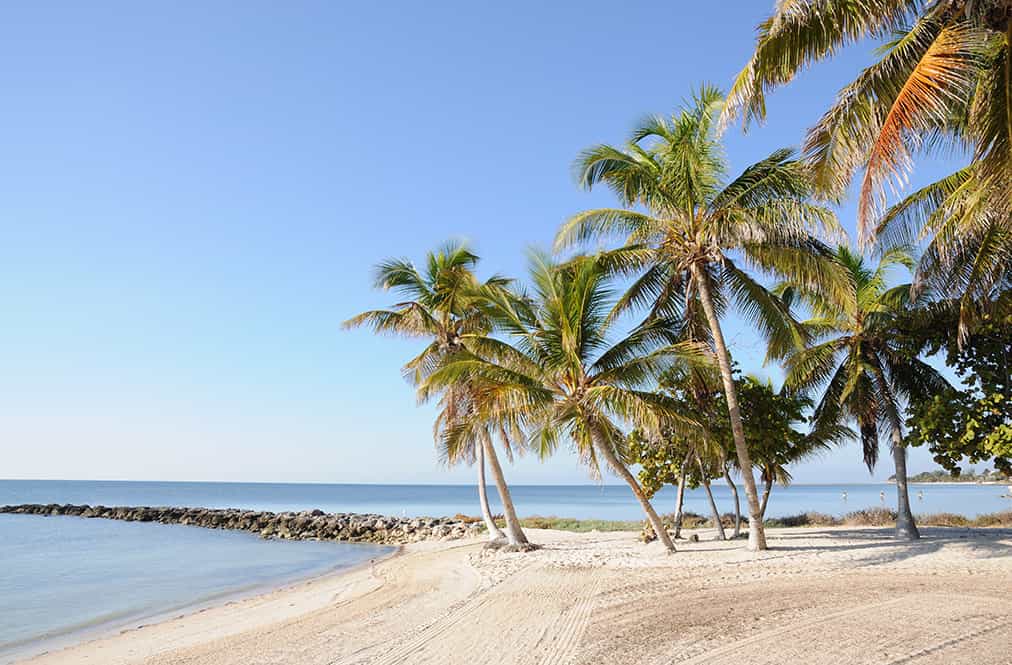


The flowers attract butterflies and hummingbirds, and the plant’s berries attract songbirds. It shoots out flares of vibrant orange-red tubular flowers that keep blooming from spring until frost. Water needs: Water deeply once per week, maybe twice per week in summer if you find the soil dries out quicklyįirebush is another Florida native shrub.Soil preferences: Tolerates most soil types as long as they have good drainage.Size at maturity: Anywhere from 2-30 feet tall and 2-15 feet wide depending on the variety.Blooms first appear in July and sometimes stay until the first frost of winter. They produce beautiful fluffy-looking flowers that are usually pink but also can be different shades of red, purple, or white. Hazards: Toxic to people and pets if ingestedĬrape myrtles come in all shapes and sizes because there are many different cultivars, from full-size trees that grow up to 30 feet tall to dwarf varieties that are more like small shrubs.Water needs: Water only when the top few inches of soil dry out (usually two or three times a month in cooler weather and up to twice a week during summer).Soil preferences: Acidic soil that drains well.Foliage: Some species are evergreen and some are deciduous.Size at maturity: Up to 10 feet tall and 8 feet wide, depending on the species.Where it grows in Florida: North and Central (hardiness zones 8a-9b).Unfortunately, South Floridians don’t get to enjoy these beauties because they don’t do well in extreme heat. In April or May, these flowering shrubs are absolutely covered with pink or white blossoms, and there are less common varieties available in blue, yellow, red, and other colors. You know it’s springtime in North and Central Florida because you see azaleas blooming EVERYWHERE. Hazards: Non-toxic and no safety hazards.Water needs: Water 1 inch per week when there’s no rain and skip weeks with rainfall.Soil preferences: Grows best in loam soil high in organic matter but also tolerates nutrient-poor sandy soils.

#FLORIDA BEACH LANDSCAPE FULL#
Sunlight needs: Full sun or partial shade.Foliage: Deciduous in North Florida and evergreen in South Florida.Size at maturity: 3-8 feet tall and 4-8 feet wide.Where it grows in Florida: Whole state (hardiness zones 8a-10b).American beautyberry grows naturally all over Florida, and many people include it in their landscapes as a specimen plant or shrub screen. From late summer to early fall, clusters of purple berries burst forth for a pop of color. American beautyberry ( Callicarpa americana)Īmerican beautyberry is a native Florida plant with floppy branches covered in bright green leaves. Tolerates torrential rain and periods of droughtġ0 most popular landscape plants in Florida 1.Characteristics of a Florida-friendly landscape plant.American beautyberry (Callicarpa americana) 10 most popular landscape plants in Florida.


 0 kommentar(er)
0 kommentar(er)
